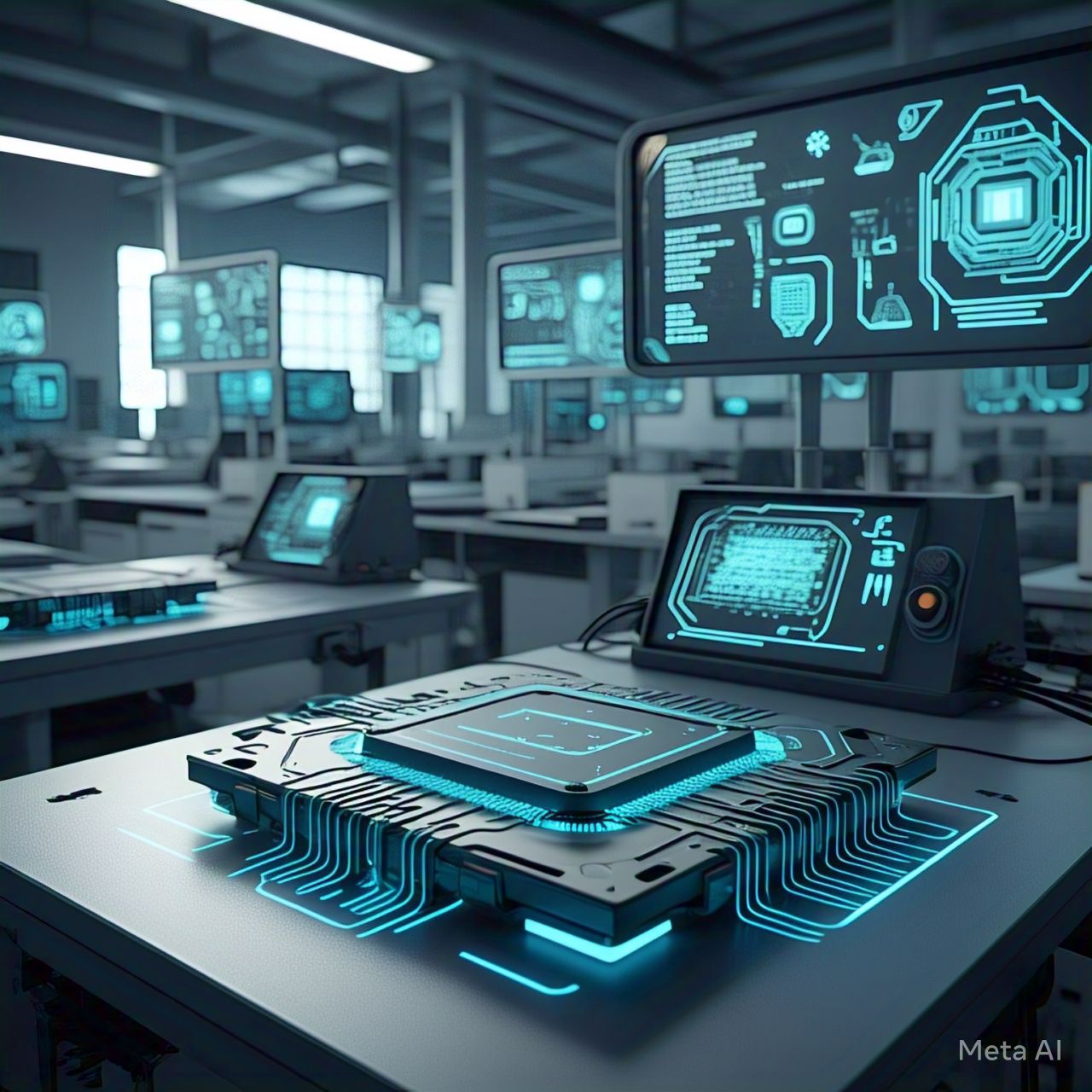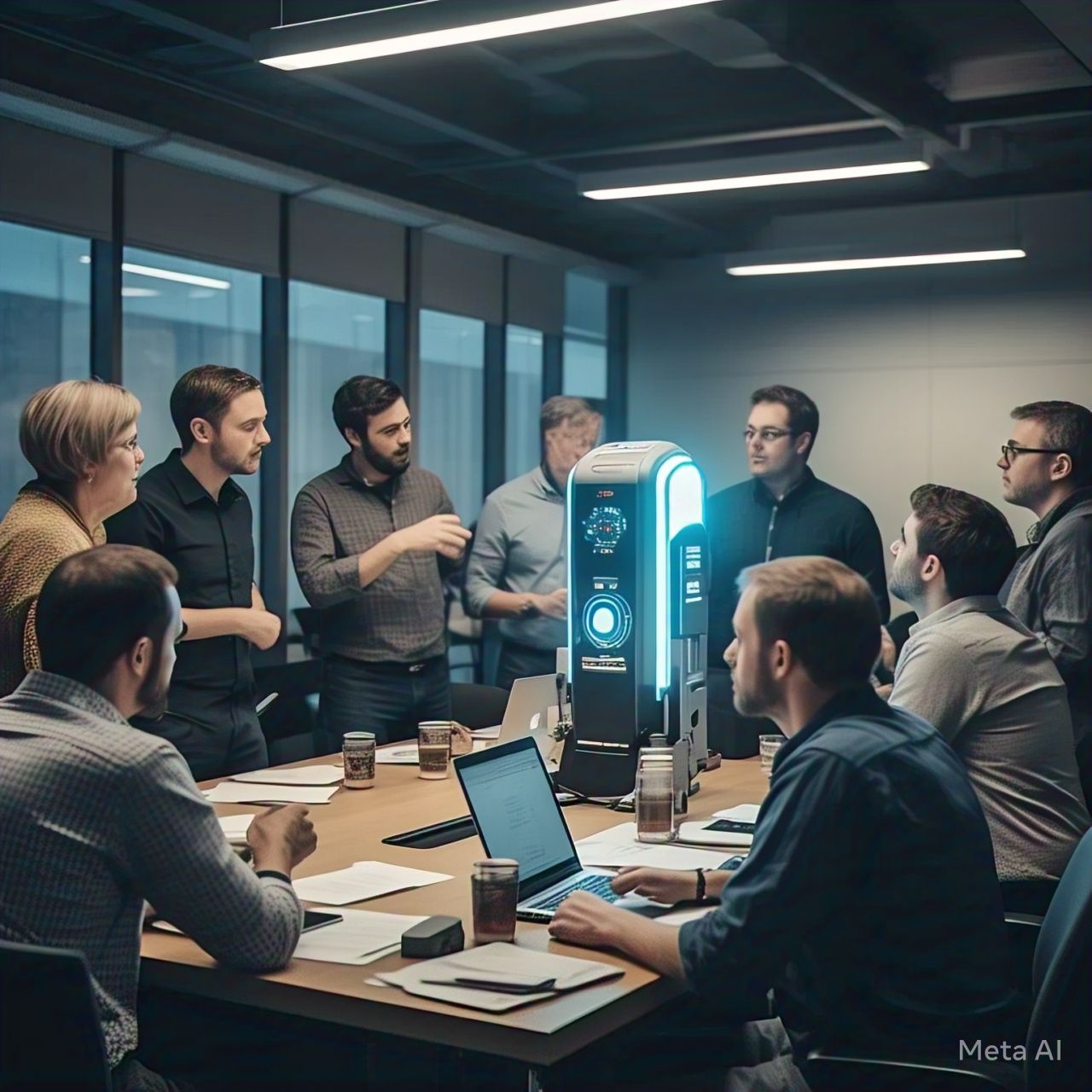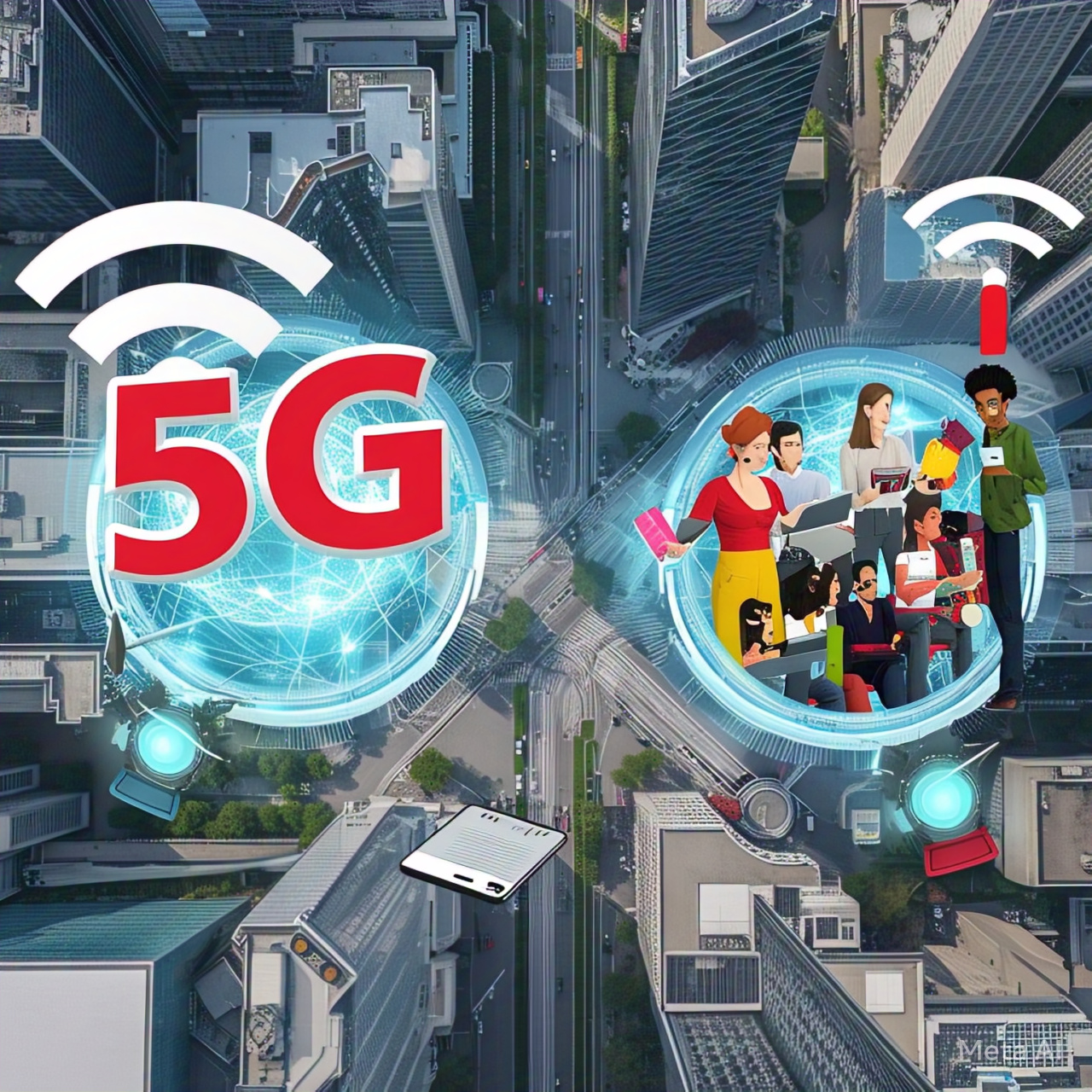Introduction
The fusion of artificial intelligence (AI) and hardware has led to groundbreaking innovations, and one of the most exciting developments is self-learning microchips. These adaptive chips can dynamically optimize their performance, enhance efficiency, and evolve based on real-time data processing. As industries demand smarter and more responsive hardware, AI-driven microchips are revolutionizing sectors like healthcare, finance, automotive, and robotics.
What Are Self-Learning Microchips?
Self-learning microchips are processors embedded with AI algorithms that enable them to learn, adapt, and optimize their functions without human intervention. Unlike traditional chips that follow static instructions, these chips continuously analyze data patterns, self-optimize, and adjust computational resources in real-time.
Key Features of Self-Learning Microchips:
- Real-time Adaptation – The chip fine-tunes its performance based on workload demands.
- Energy Efficiency – AI-driven resource allocation minimizes power consumption.
- Self-Optimization – The chip enhances its efficiency by identifying and eliminating inefficiencies.
- Predictive Maintenance – It detects potential failures before they occur, reducing downtime in critical systems.
How AI Powers Adaptive Hardware
Machine Learning Integration
Self-learning microchips rely on machine learning (ML) to process vast amounts of data. Neural networks embedded within the chip analyze input patterns and adjust computing power accordingly. This enables efficient processing in applications such as image recognition, voice processing, and predictive analytics.
Neural Processing Units (NPUs)
Many modern chips incorporate Neural Processing Units (NPUs), which are specialized AI accelerators designed to handle ML tasks efficiently. NPUs enhance performance in deep learning applications while reducing the burden on traditional processors like CPUs and GPUs.
Edge Computing Capabilities
By embedding AI into hardware, self-learning chips enable edge computing, where data is processed locally rather than relying on cloud-based systems. This reduces latency, enhances security, and allows real-time decision-making in applications like autonomous vehicles and IoT devices.
Applications of Self-Learning Microchips
1. Healthcare
AI-powered microchips are transforming medical devices by enabling faster diagnostics, personalized treatments, and real-time monitoring of patient data. Wearable health devices, for example, use adaptive chips to track vital signs and detect anomalies.
2. Autonomous Vehicles
Self-learning chips play a crucial role in autonomous driving by processing sensor data in real-time, recognizing objects, and making split-second decisions. This enhances safety and efficiency in self-driving technology.
3. Cybersecurity
Adaptive hardware is being used to improve cybersecurity by detecting and preventing threats in real-time. AI-driven chips can analyze network traffic, identify anomalies, and strengthen security protocols without requiring constant human intervention.
4. Smartphones & Consumer Electronics
Modern smartphones are incorporating AI-powered chips for superior performance, longer battery life, and intelligent camera enhancements. Features like facial recognition, real-time language translation, and AI-driven photography are powered by these chips.
5. Industrial Automation
Manufacturing and logistics industries are integrating self-learning microchips to optimize production lines, reduce waste, and predict machine failures before they happen. This leads to increased efficiency and cost savings.
Future of Self-Learning Microchips
The future of adaptive hardware looks promising, with continued advancements in AI and semiconductor technology. Researchers are exploring quantum computing and neuromorphic chips, which mimic the human brain’s neural structures for even more efficient learning and processing.
As AI and hardware integration deepens, we can expect self-learning microchips to become the backbone of next-generation technology, driving innovation across multiple industries.
Conclusion
Self-learning microchips represent a transformative shift in hardware development, allowing AI to optimize performance dynamically. From healthcare and cybersecurity to autonomous vehicles and industrial automation, these chips are reshaping the way technology interacts with the world. As AI continues to evolve, adaptive hardware will play an increasingly vital role in making systems smarter, more efficient, and more responsive to real-world demands.




